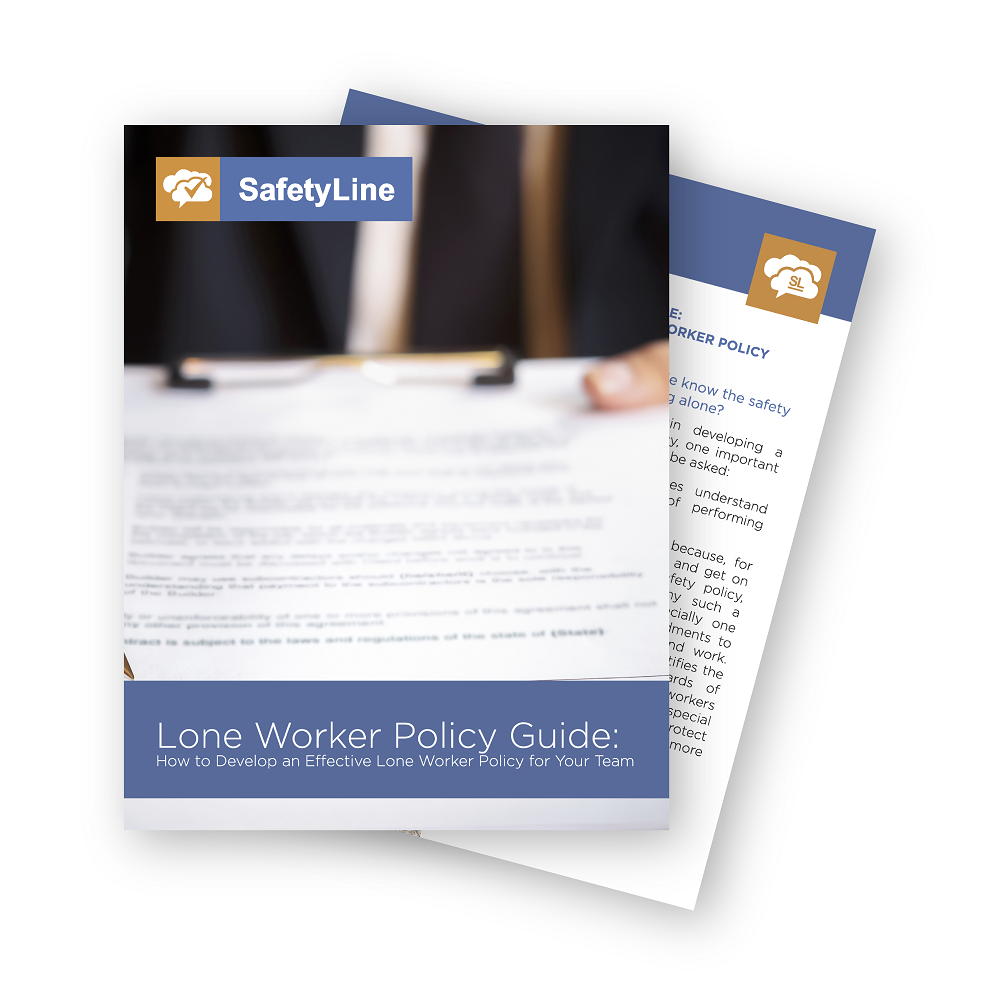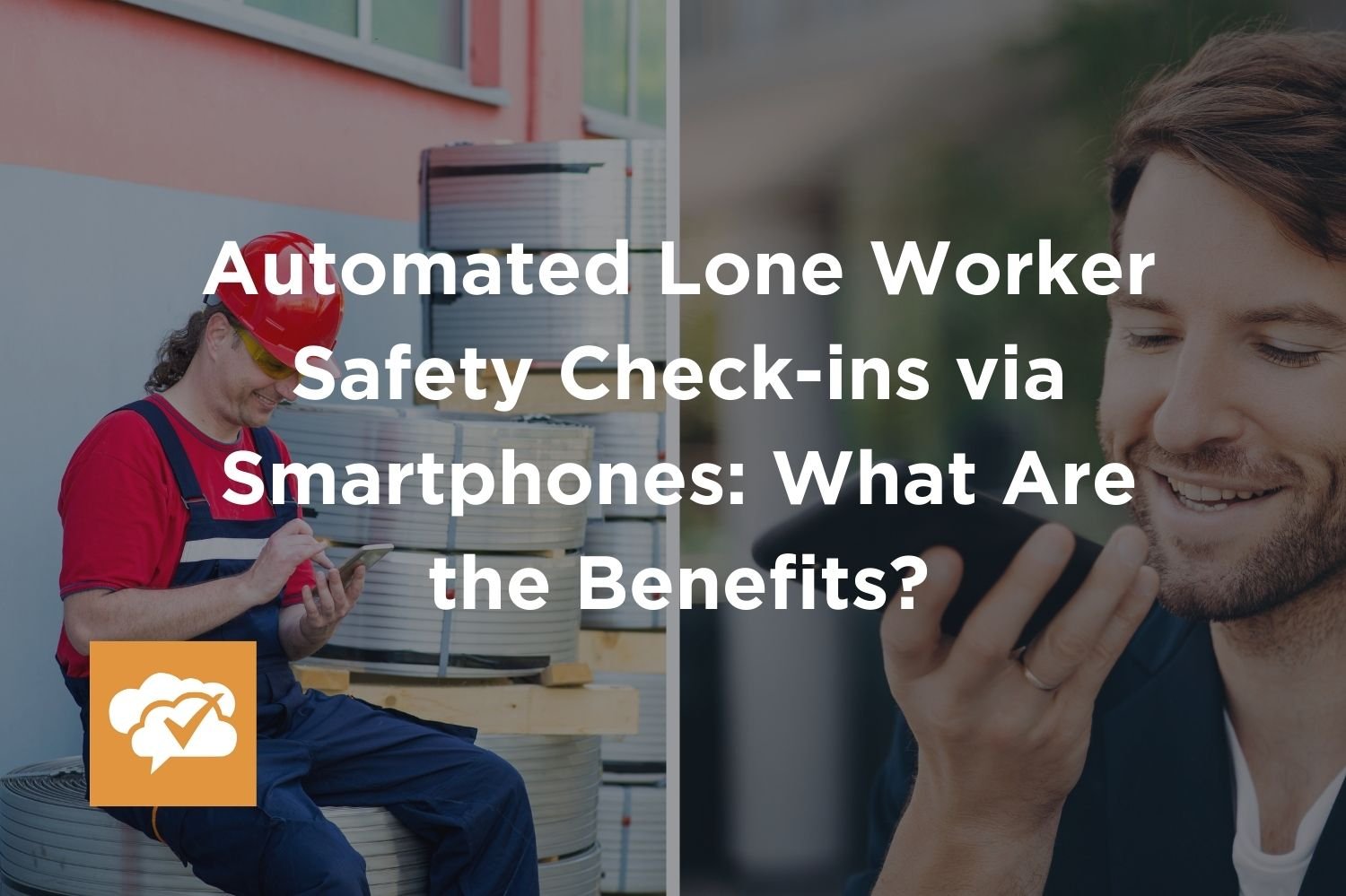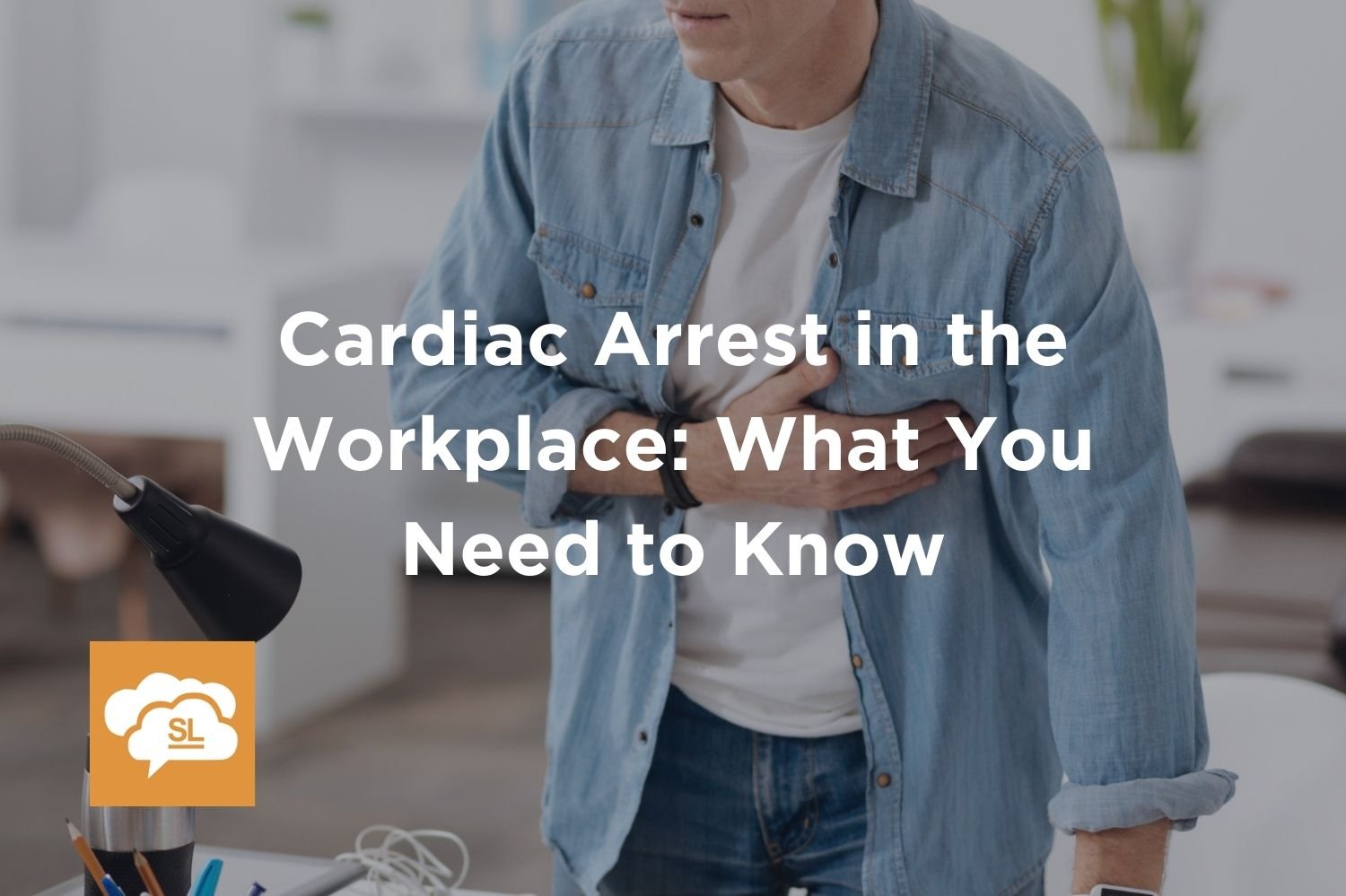Featured Resources
Lone Worker Policy Guide and Template
A lone worker policy is an effective way to ensure that your lone workers are well-educated on your company’s work-alone rules and have extensive knowledge of all workplace hazards that could be encountered on the job.
Hazard Assessment Guide
In the process of doing a hazard assessment for your workplace, it is almost a certainty you’ll learn information about the operational aspects of your organization you were unaware of before the assessment.
View eBook
Develop a Free Lone Worker Program for Small Teams
Developing a free lone worker check-in system is a simple process for small teams that any organization can implement.
View eBook
SafetyLine Blog Categories
General Safety | Lone Worker Safety | SafetyLine News and Updates | SafetyLine Product Updates | Compliance, Policy, and Regulations | Downloadable Resources |
SafetyLine’s Year in Review: Top Blogs of 2022
In 2022, SafetyLine published 35 original blogs and content that ranged from cardiac arrest and call centers to creating emergency action plans and conducting lone worker needs analysis – we covered a lot. Out of all the content, six blog articles resonated most with readers in 2022.
Risk Mitigation Strategies: How to Plan for the Worst
Every safety manager and employer would love to have a way to predict workplace accidents before they hurt an employee. Unfortunately, that does not exist yet, however, the good news is there are risk mitigation strategies that can be implemented now, preventing many of these accidents from taking place and as a result, protecting your workers from injuries and harm.
A New Era of Personal Safety Devices on the Market
In a nutshell, these devices will protect an individual worker (or workers - in coordination with other devices) from certain safety hazards in the workplace and other environments and situations. Personal safety devices help employers protect their employees when mobile, employing various technologies to address a range of safety challenges in the workplace at the time. Personal safety devices include a broad group of technology that can include:
Social Worker Safety: Keeping Safe While Working Alone
While society prizes those among us who put others first, it takes more than just empathy to be a successful social worker. Social workers combine active listening, knowledge of the rules, and positivity to succeed. But unlike other public service professions, along with health workers, paramedics, and firefighters, social workers can find themselves in harm’s way. They can, however, reduce their risk if they are prepared.
How to Prepare for Working in Hot Environments
Working in the heat can cause a range of health conditions, putting your people at risk, especially during the summer months. Requiring workers to perform their jobs in hot conditions also requires the employer to do everything possible to protect employees, helping them work in high temperatures safely.
Automated Lone Worker Safety Check-ins via Smartphones: What Are the Benefits?
As we continue to live in an increasingly technological world, it can be tricky navigating the mass of information and the number of options for worker safety, such as phone-based apps, safety tags, wearables, etc. As you read further, you will learn about three common types of lone worker safety tools, hopefully making it easier for you to determine which system is best for your team and occupations' health and safety needs.
4 Summer Safety Tips For Lone Workers
During summer, it’s especially important to pay close attention to your health, wellbeing, and safety as a lone worker. In this article we will look into the ways you can prioritize your health during the summertime heat and how to keep you safe and sound all season long.
Conducting a Lone Worker Needs Analysis
To find and document important safety details and information, you need to conduct a lone worker needs analysis, which will highlight and improve four primary areas including safety procedures, areas for improvement, opportunities that should be explored further, and holes in your lone worker safety program.
May 2022 Recap: In Other News and What You May Have Missed
Here is all of the occupational safety and health-related news that you may have missed in May. Hope you’re having a safe spring!
Context is King – SafetyLine’s Visual Locator for its Lone Workers
SafetyLine users can now see a more effective visual locator of where lone workers are performing their jobs. This addresses a common and understandable misunderstanding of workers’ locations on the SafetyLine map. Monitors sometimes assume the location pin was accurate because the accuracy of the data wasn’t presented visually. Occasionally, there has been confusion around the fact that the map pin shows the lone worker at an incorrect location. This occurs because of issues caused by imperfections in general GPS location accuracy.
Work Alone Call Centers vs Automated Work Alone Solutions: The Pros and Cons
When a worker is experiencing an emergency, they need someone who they can reliably contact to get immediate help. One strategy being employed to address this issue is by creating internal call centers to monitor vulnerable and lone workers. What are a high-functioning and collaborative team, the call center is funded by the company budget or employed by company staff.
April 2022 Recap: In Other News and What You May Have Missed
Here is all of the occupational safety and health-related news that you missed in April: safety officers, psychological safety, fire safety, safety technologies, connected safety programs, as well as new OSHA rules for healthcare.
The Pros and Cons of a Manual Lone Worker Safety System
As you read further, you will learn about the pros and cons of a manual lone worker safety system. We will also look at the benefits and costs of an automated lone worker safety system for your employees working alone.
11 Ways to Evaluate Your Lone Worker Solution
A lone worker solution is a system, service, and/or safety device that protect lone workers (people working alone and remotely). It will signal an emergency when the lone worker needs help and it monitors their well-being with safety check-ins. Let’s look at the 11 strategies to evaluate your lone worker solution.
March 2022 Recap: In Other News and What You May Have Missed
Here is all of the occupational safety and health-related news that you missed in March. Welcome back spring! Setting Lone Workers Up for Safe Success, 5 Best Practices for a Mobile-Based Safety Program, Harness the Power of Data and Analytics to Reduce Workplace Injuries and Fatalities, Workers favor more safety training, digitization of programs, and SafetyLine is nominated for a COS award!
What Is Journey Management and Why Is It Important?
Journey management implements plans and protocols to protect these people while travelling. Journey management can address the safety needs of employees who are not only driving for work, but also the security needs of those travelling other ways such as flying and public transit.
Lone Worker Safety and Tracking Using SPOT Satellite Messengers by Globalstar
The most significant benefit of this partnership with Globalstar, quite simply, is that your workers and team members will have reliable and proven satellite communications for lone workers to support SafetyLine’s comprehensive suite of safety features. The SafetyLine and SPOT combination provides uninterrupted location tracking and two-way communications (independent of cellular networks), using SPOT to send and receive text messages, track and share progress with managers and coworkers, map their routes, as well as, if needed, trigger an SOS emergency requesting immediate help.
Cardiac Arrest in the Workplace: What You Need to Know
Every year, roughly 62,000 Canadians experience a heart attack and stroke which, in many cases, is disabling or deadly. It is also estimated that about 35,000 cardiac arrests take place in Canada annually, and again, these are often fatal. As major causes of death and disability for Canadians, heart disease and stroke are also major occupational health issues in the workplace where cardiovascular health needs to be addressed.
Choosing a Workplace Panic Button System for Your Employees Safety
Panic buttons are an important occupational safety technology goes by many names: duress alarm, emergency signal, SOS alarm, personal alarm, alert button, panic alarm and most commonly, panic button. The reason there are so many names and monikers for this safety device is they are so widely used in a wide range of industries and work. Regardless of what they are called, they all are intended to one thing: raise an alarm in emergency situations when an employee requires immediate help.
Setting Safety Goals for the Year
If you haven’t yet, it’s never too late. It should be a major goal in itself for the employer to set safety goals and objectives for the upcoming year so the safety and health of workers and employees can improve and move forward.






















